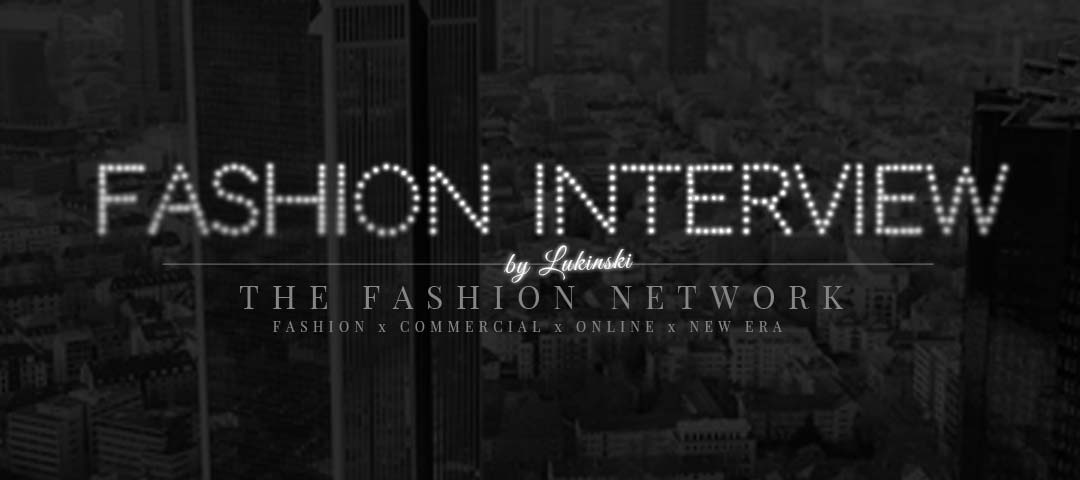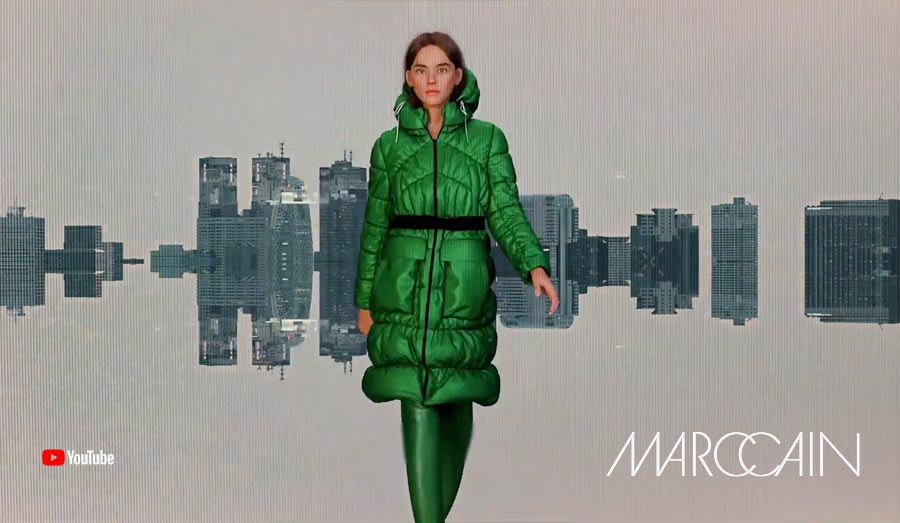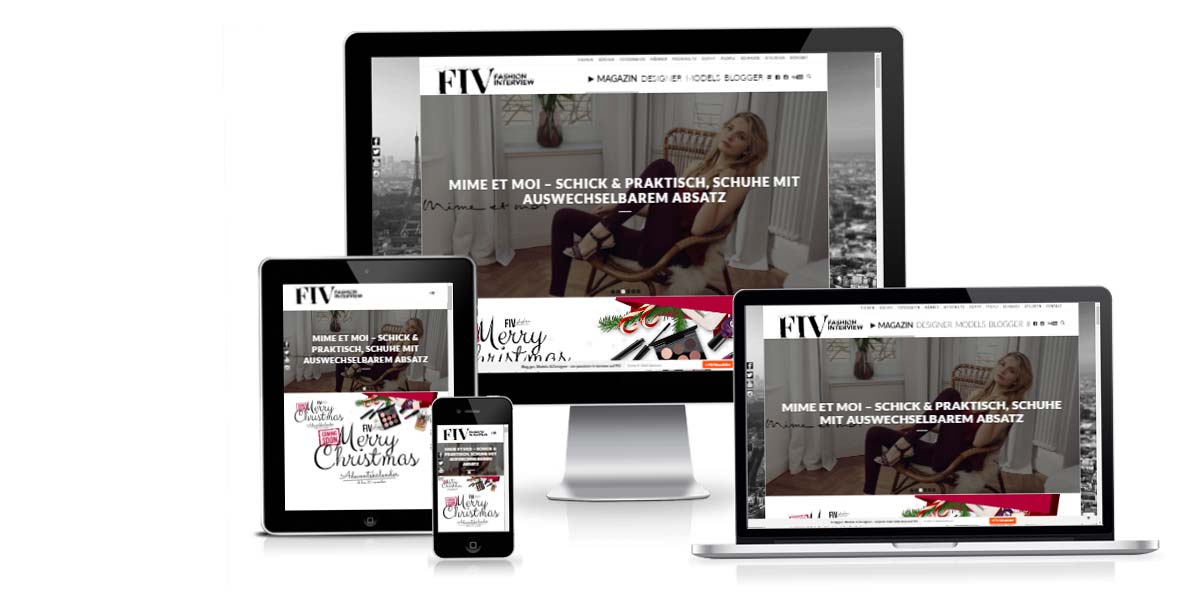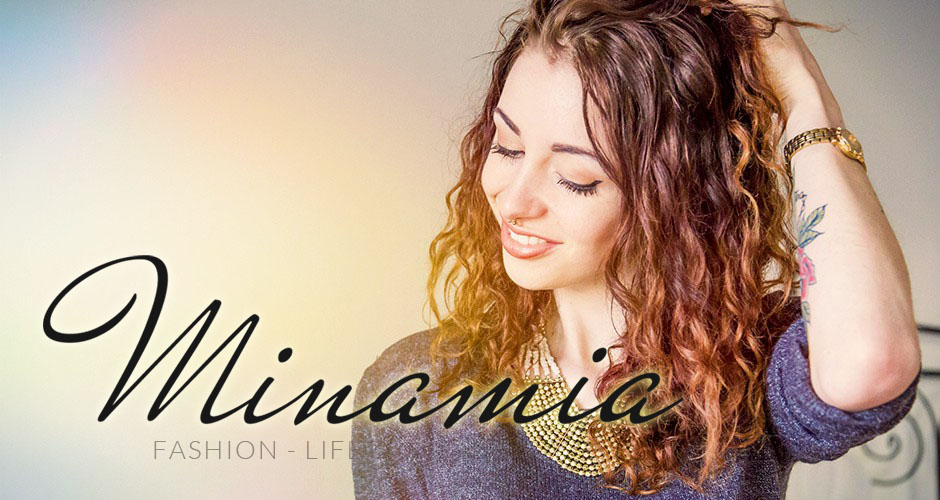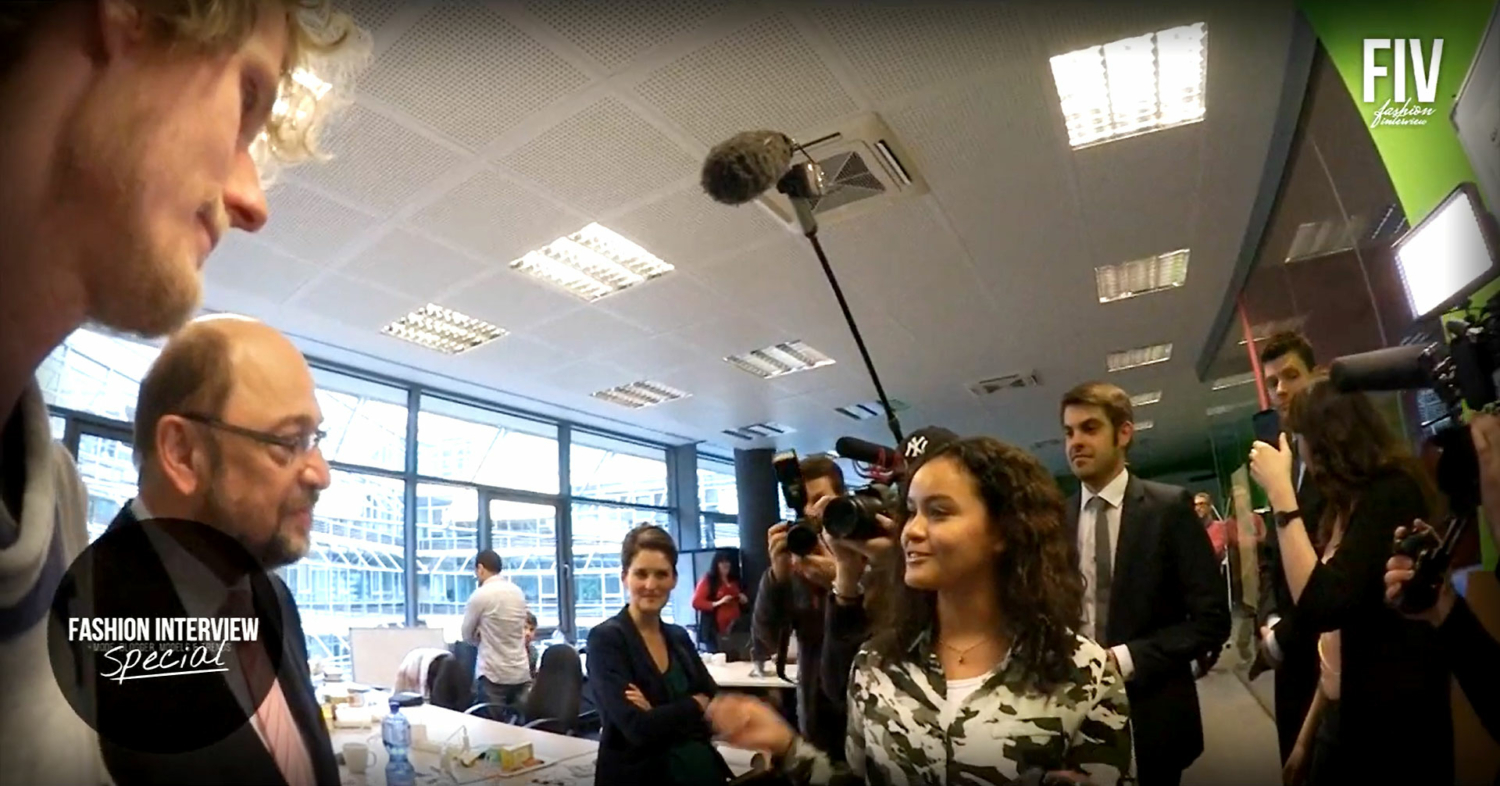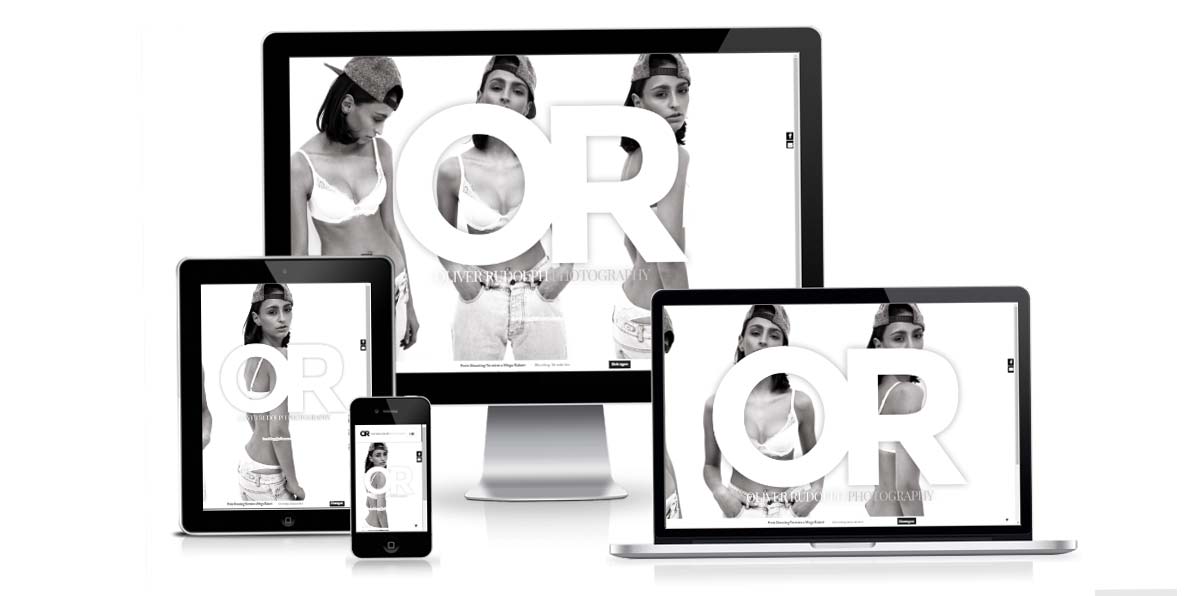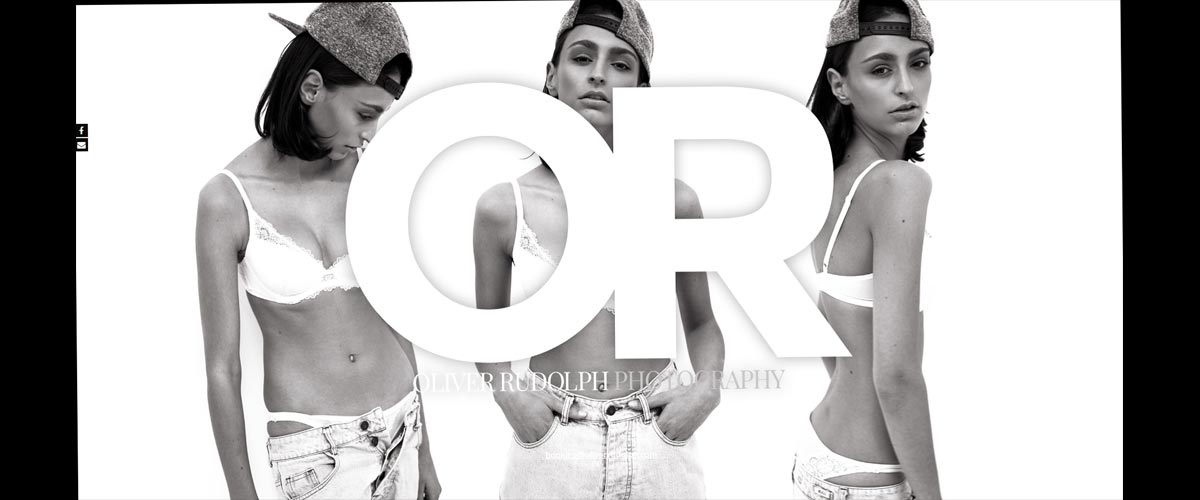Fashion Industry – Fashion between Prêt-à-Porter and Haute Couture
Fashion serves to define groups. Through mergers but also through their rejection. But fashion is also a means for inner impulses. If an individual wants to stand out, he will subjectively choose conspicuous fashion to express himself. Fashion thus also the personality representation in an accepted framework. But despite all individualization fashion remains something collective. If fashion also divides society. At the Fashion Weeks in the metropolises of this world, between New York, Paris and Tokyo, noble pieces (‘Haute Couture’) are shown. While in the inner city goods from the booth (‘Prêt-à-Porter’) are presented. In the CM Models Blog you will find everything you need to know about Haute Couture & Pret-a-Porter.
Fashion Industry – Boutique vs. Fashion Houses and Fashion Chains
From a product perspective, fashion companies can basically be divided into three genres. To satisfy all individual needs, the fashion industry has also diversified. Different labels operate in different genres to find their clientele. They appeal to different strata and groups of society – an aspect that will play a major role in the later target group targeting.
Prêt-à-Porter and Haute Couture – How to distinguish between the fashion classes
First there are the low genre brands, they go for sheer mass. By buying in large quantities at low prices with mostly inferior quality. In this way, they constantly ensure new goods and the already often mentioned constant change – fashion companies in the low genre do not want to produce garments that the customer wears forever or keeps in the closet. For fashion labels in the low genre, the social web with its constant change therefore offers an optimal promotion platform.
Labels in the middle genre set their prices higher. For smaller companies, mass production is not worth it. They sell through promotional activities, limited quantities or more individual designs. The workmanship of the clothes is good. In some cases, high-quality fabrics and materials are used. Basics, on the other hand, can also be offered by mid-genre labels at affordable prices. Labels in the middle genre will later make up the majority of the best practice examples. The upscale genre forms the third tier of fashion labels – the top labels and often creative trailblazers as described earlier. They set standards with high quality standards that go as far as haute couture. Exclusivity, quality, workmanship and innovative ideas raise the price of these upscale fashion pieces. Customers of the upmarket genre must therefore be wealthy, as explained in Section 3.1.3.
Major brands now have millions of fans on Facebook. The top 3 German fashion retailers alone (Otto Group, H&M and C&A) have 22 million Facebook users. That is 22 million constant first contacts. Every interaction (Like, Share, Tweet, …) increases the reach again enormously.
Key facts of the fashion industry
- Fashion is fashion when it credibly presents the difference to functional clothing.
- Fashion serves to define groups. It socializes groups, but thereby also leads to demarcation and differentiation.
- Trends shift. They usually start in higher (classes and) strata and trickle down.
Fashion in itself is an economic good. Ergo, it represents the economic situation of its owner. This is one of the reasons why it is important to identify trendsetters that are relevant to the target group.
Socialization of groups creates common values.



